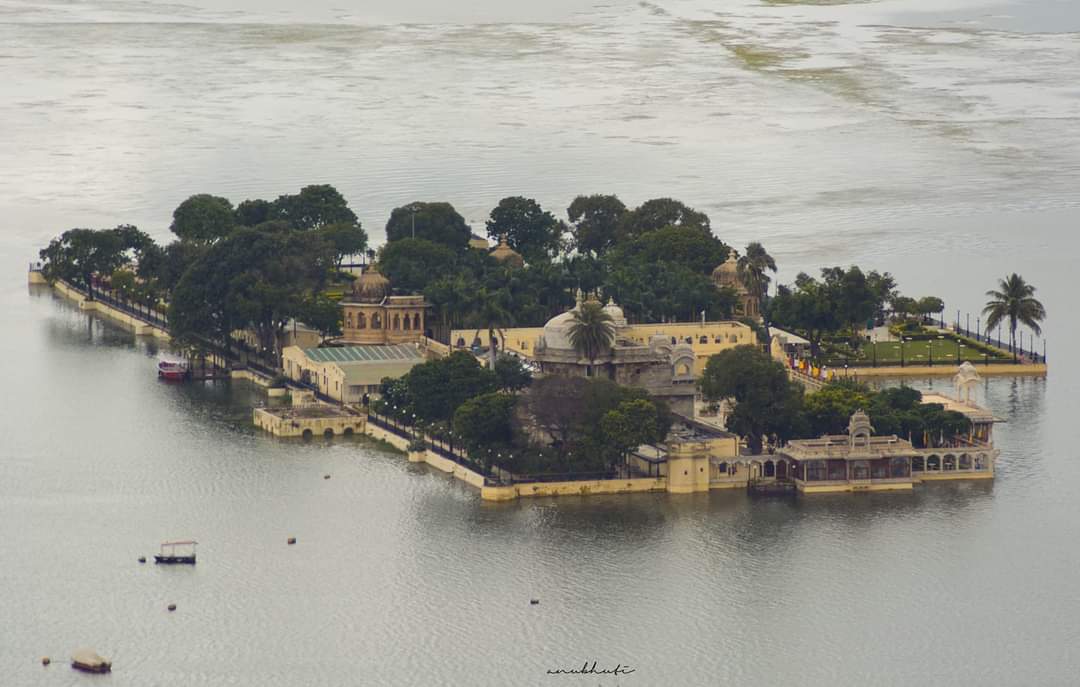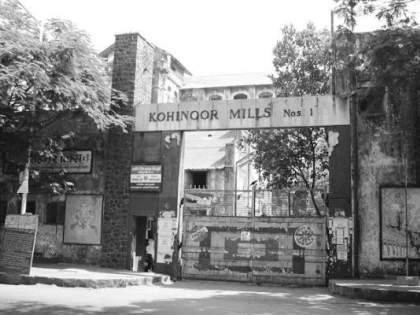“Cities are not just places where people live; they are living entities themselves, constantly evolving and adapting to the needs and aspirations of their inhabitants.”
– Jane Jacobs
A city is a tapestry of human settlement adorned with the portraits of diverse stories, cultures, aspirations and dreams. Destined for creating and managing complex living systems, cities witness myriads of activities, events, challenges and transformations leading to its evolution through social dynamics. Visionaries view city as an essential catalyst for the human civilization, yet life in cities is often unequal and unfair and making them fit for all their inhabitants is still an unfinished task [1]. Progressing towards city as an integrated habitat, Ar. Paolo Soleri’s concept of cities as an evolutionary tool predicated on densifying urban living so as to promote intensive social interaction with a minimal impact on nature [2]. His theory of ‘arcology’, fusion of architecture and ecology intends to shift the focus from city ‘as an epicenter for destruction of natural worlds’ due to unrestrained development towards a ‘utopian community’.
Reflecting on the historical city of Jaipur by Maharaja Sawai Jai Singh II, which was established as a response to the topographical features, climate and socio-cultural framework; the city has evolved as an expression of living traditions, splendid urban forms and exceptional craftsmanship. It has expanded from the primordial nine blocks of Vastu-Shastra, designed by architect and engineer Vidyadhar Bhattacharya, to the existing sprawl to meet the needs of the increasing population [3]. The recent developments transpiring as per the Jaipur Master Plan 2025 aim at conserving the walled city area by demarcating it as specially designated heritage zone [4], improving public transportation and connectivity through the metro rail expansion project and road, infrastructure development, promoting culture and tourism by organizing festivals and night markets, improving educational as well as healthcare facilities and enhancing urban living by undertaking various smart city initiatives under Indian government’s ‘Smart Cities Mission’. Thereby highlighting the thriving development with which the city is growing. Conversely, on viewing the heritage city of Jaipur through a microscopic lens, the city fails to provide the most fundamental requirement for the floating population, i.e., adequate public utilities. The persisting utilities such as public toilets, drinking water facilities, etc. are in a desolate condition with inefficient services and infrastructure.
“The toilet is a part of the history of human hygiene and constitutes a critical chapter in the history of human civilization.”
– Dr. Bindeshwar Pathak

The existence of public utilities is probably older than that of the Roman Empire. Excavations at Mohenjo-Daro confirm the existence of common baths and toilets in households with highly developed drainage systems. In Mesopotamia, flush-type toilets were developed as early as in 1700 B.C. Water closet (WC), the essential convenience of modern living (Fig. 1), was however invented in about 1596 AD by Sir John Harington, an Elizabethan courtier [5]. With the passing of different eras and innovation in toilet design, the modern day toilets came into existence. The number and extent of public utilities in Jaipur city is seemingly increasing through various initiatives and schemes, yet open defecation is rampant in many urban areas. Despite of the technological advancements and various laws and enactments, public utilities are proclaimed as unusable by majority of the population. The predominant users include local residents, visitors, tourists, vendors, security and housekeeping staff as well as the homeless. With low awareness regarding proper sanitation practices among users, the utilities are unhygienic, unsafe, lacking in water and waste management services and with broken or vandalized fixtures. It has been revealed that due to the strict budget constraints in the construction of public utilities, there is often a compromise on the quality of materials and services which eventually accelerates the depreciation. The condition is clearly legible through the plaster and tiles chipping off of the stained walls, water seepage, unwanted posters pasted across the toilet walls, unhygienic surfaces, broken lock systems, improper signage, inaccessibility by specially abled users and absence of intact sanitary bins and supporting utilities like lockers, drinking water facilities, etc. essential for the users. On considering the number of public toilets in cities, quantitatively, men on average have twice as much provision as women of the public facilities [5]. The universal design of utilities irrespective of the needs of users and location is also unsuitable for majority of the public as it fails to accommodate their pertinent requirements.
As per the urban evolutionary architect Paul Downton, ‘a city is more than the sum of its buildings; it includes services and infrastructure, hinterland and agriculture that its inhabitants use to consume energy, resources and land [6].’ It can thus be inferred that public utilities of a city are imperative for the quality of life of its residents, their health and hygiene, economic growth, environmental sustainability along with social well-being and thus play a pivotal role in the evolution and development of the city. Progressing towards a liveable city of Jaipur, which is inclusive, safe, secure and prioritizes the holistic well-being of its inhabitants; an investment in utilities for the public is vital. The number and locus of utility depends upon the surroundings, incoming footfall of the particular region, the user typology accessing the utility as well as the time of the day it is being used. Thus, the design of public utility should vary with its location. While considering the different socio-economic and cultural groups, their preferences regarding the design and fixtures of public utilities also differs. Therefore, it can be concluded that ‘user’ and ‘location’ are the pivotal factors that must be considered while proposing public utilities. The intent of rethinking public utilities in Jaipur is not to bring change in people’s lifestyle and beliefs, but to be the change towards advocating an inclusive and a safe city for everyone.
The urban fabric of Jaipur has the potential of providing for all the residents owing to its rich heritage, diverse economic opportunities and efficient planning which can lead it to become a 15-minute city through several modifications. Incorporating incremental adaptation actions such as water conservation, adoption of renewable energy sources, improving drainage systems, promoting waste recycling and composting and public awareness within the city and its utilities will foster resilience and help combat climate change. On the other hand, transformational adaptation actions, requiring collaboration from various stakeholders and long-term allegiance will aid in Jaipur forging towards a sustainable city. These actions include implementing water management systems for treatment of non-potable water, installing green infrastructure such as permeable pavements, integrating vertical gardens, expanding public transportation and applying risk management strategies at a larger scale. By amalgamating both the approaches of incremental and transformational adaptation, Jaipur can ensure a comprehensive and balanced strategy for addressing the immediate needs along with the long term goals of a climate responsive and livable city.
The future of cities relies on the collective efforts by every citizen. As the city of Jaipur continues to grow and evolve, it is imperative to focus on inclusive and resilient urban spaces to meet the progressing needs of people. While the transformation may escort greater challenges, it also advocates for sustainability and an improved quality of life.
“Cities have the capability of providing something for everybody, only because, and only when, they are created by everybody.”
– Jane Jacobs
REFERENCES
- Douglas I. Cities: An Environmental History. London: IB Tauris; 2012
- Imperiale A. Miniaturize or Die! Paolo Soleri’s City as Architecture. In: Stuart J, Wilson M, editors. Globalizing Architecture/ Flows and Disruptions. Philadelphia: ACSA; 2014. 310-316
- Singh A.K. Morphological and demographic characteristics of a planned city: A case study of Jaipur City. ARTS. 2019; 18(1): 145-160. Available from: https://mdu.ac.in/aspx/journals.aspx
- UNESCO. Jaipur City, Rajasthan [Internet]. 2019 [cited 2023 Sep 09]. Available from: https://whc.unesco.org/en/list/1605/
- Greed C. Inclusive Urban Design: Public Toilets. London: Routledge; 2003.
- Downton P. (R)Evolution and Cities [Internet]. 2018 [cited 2023 Sep 09]. Available from: https://www.thenatureofcities.com/2018/11/26/revolution-and-cities/
Note: All the images are shared by the author.





